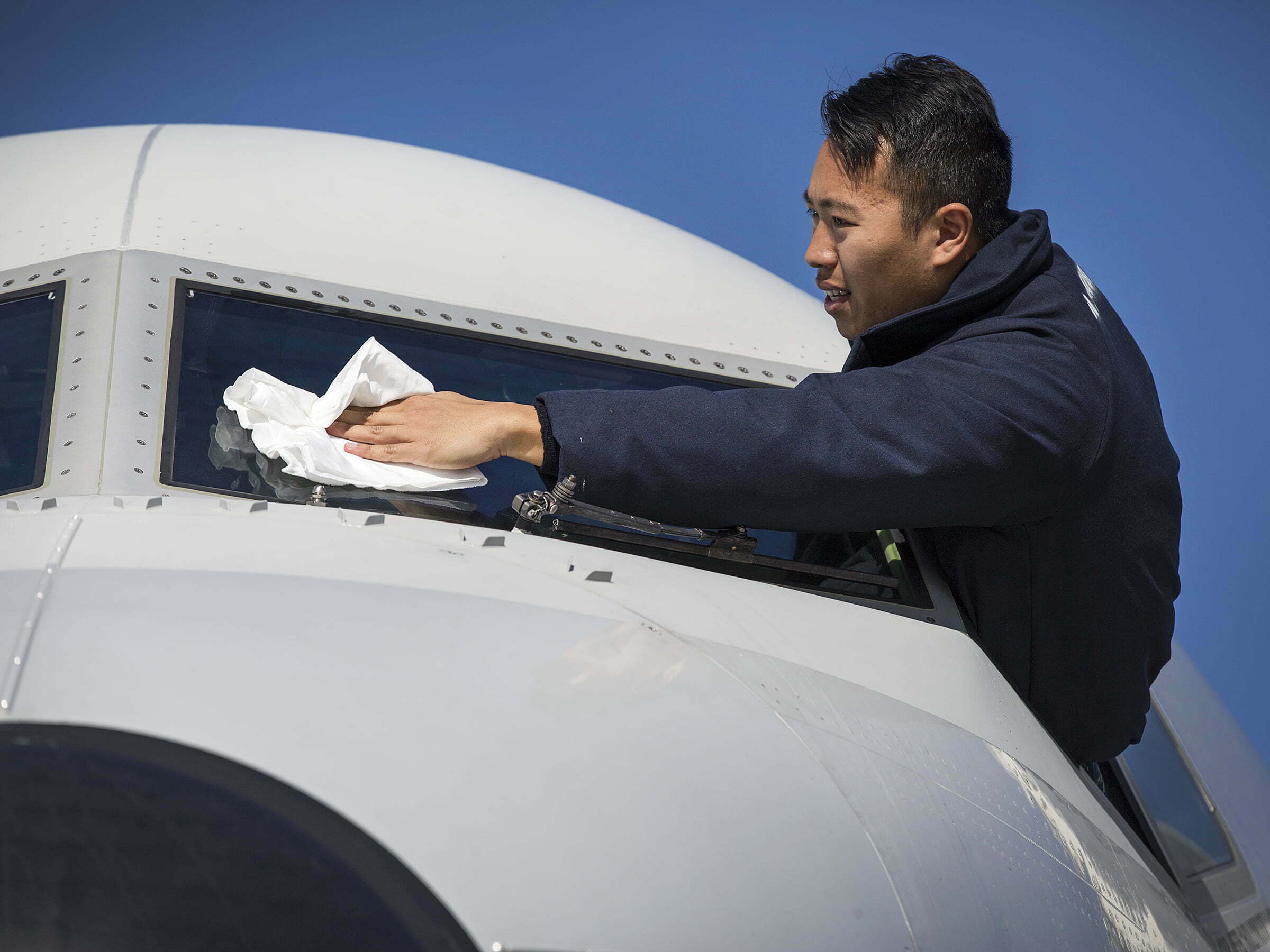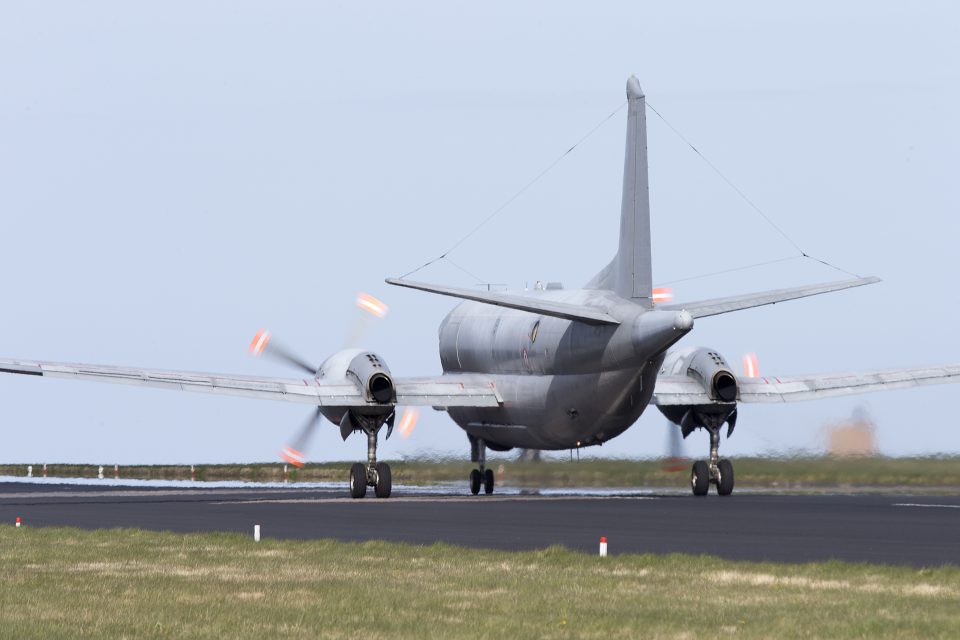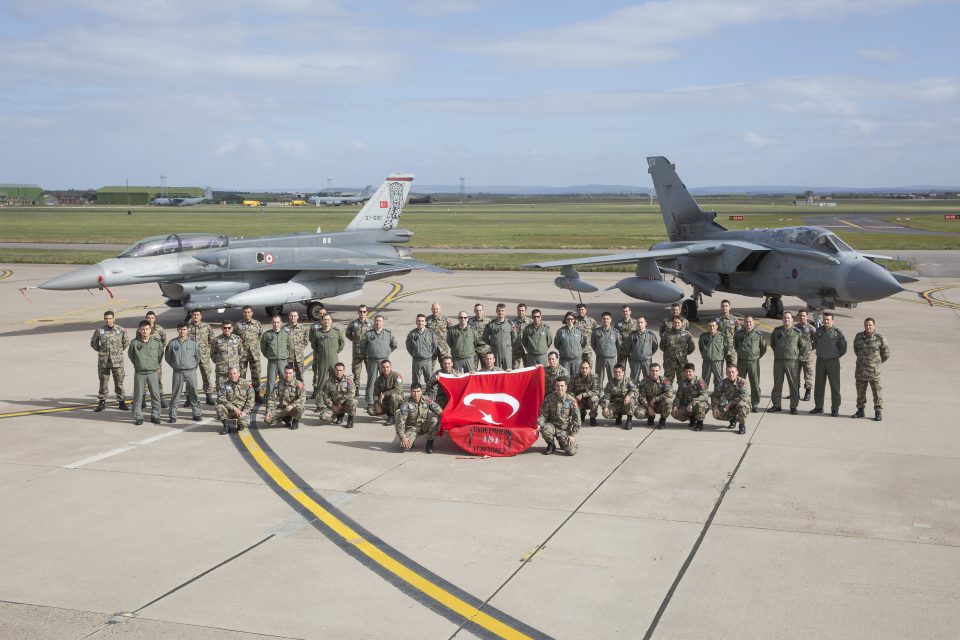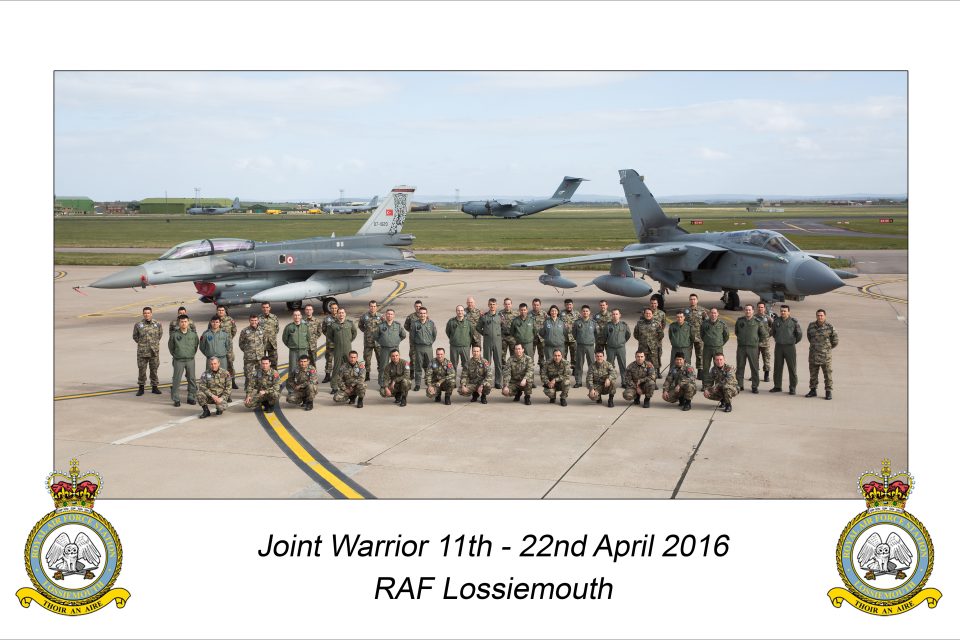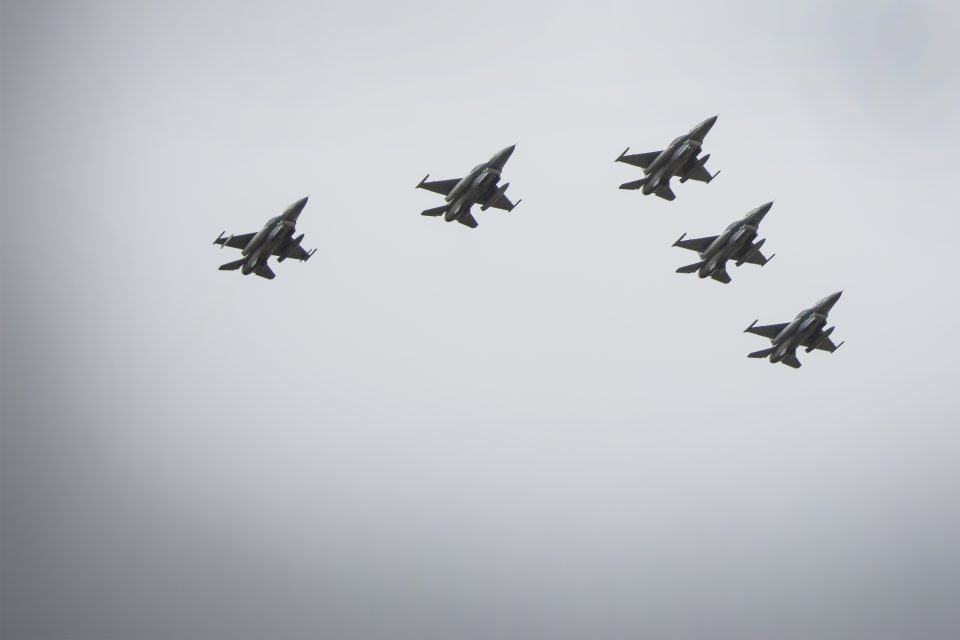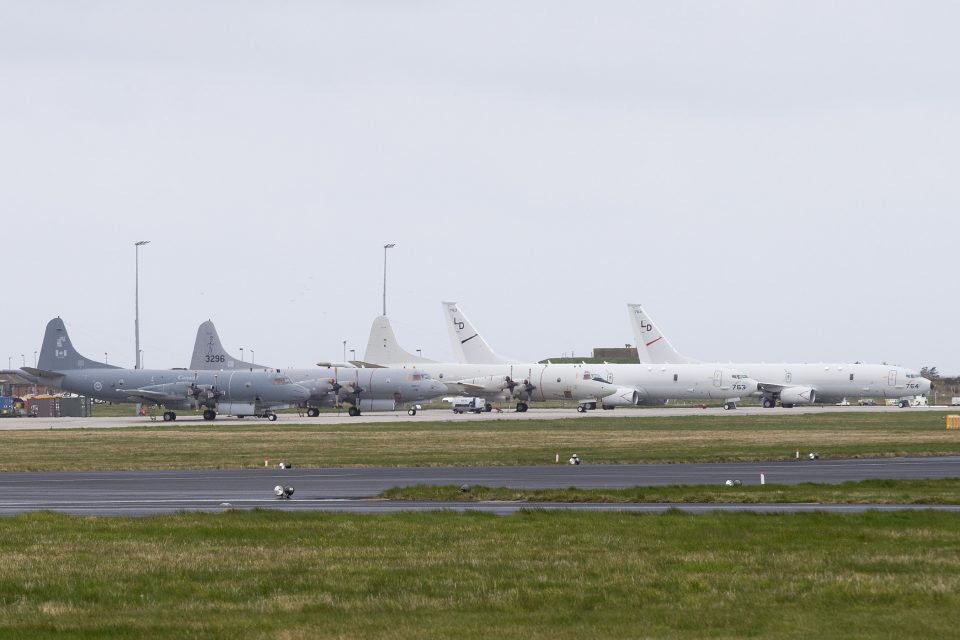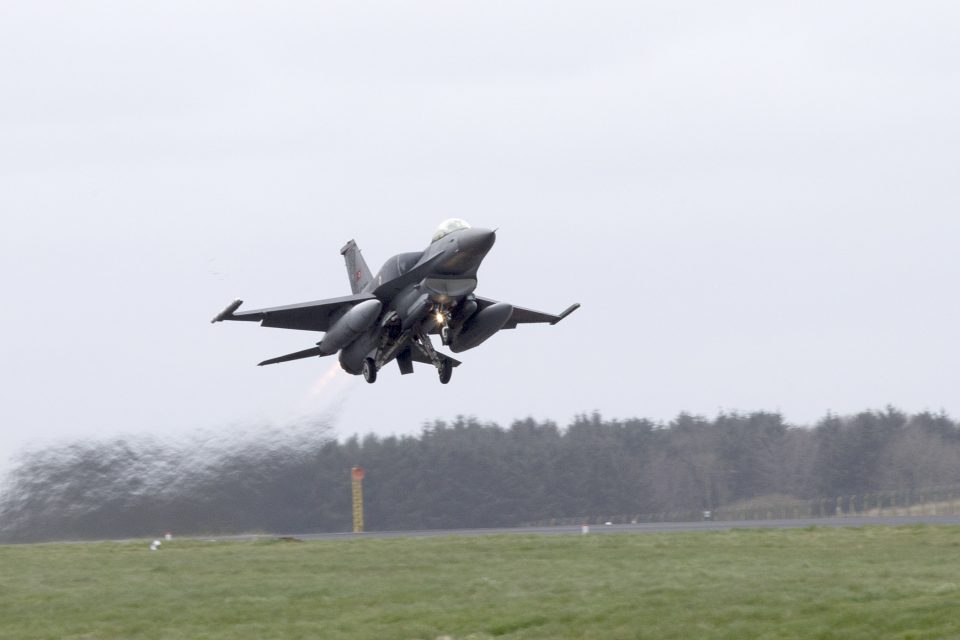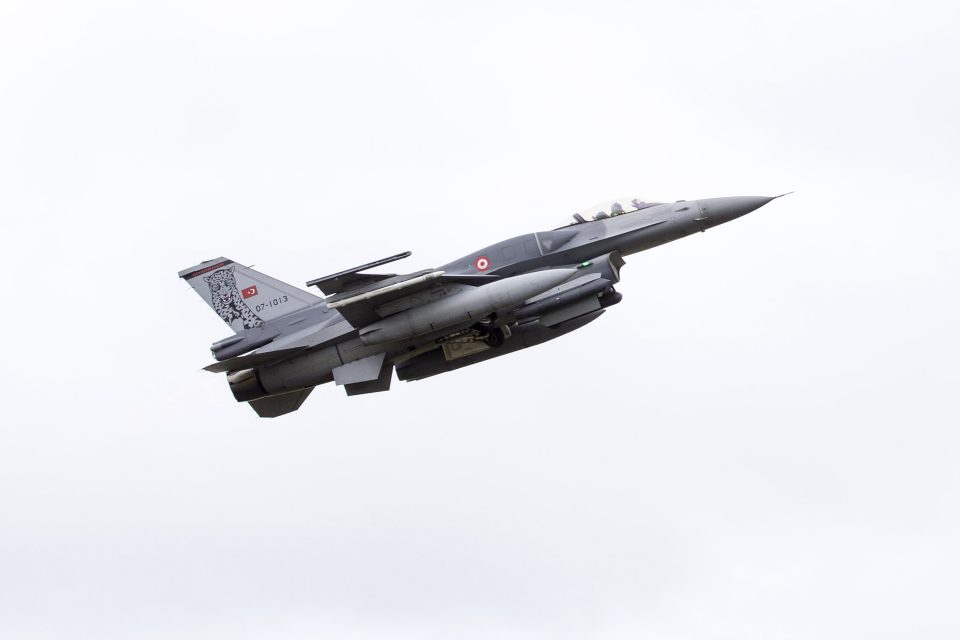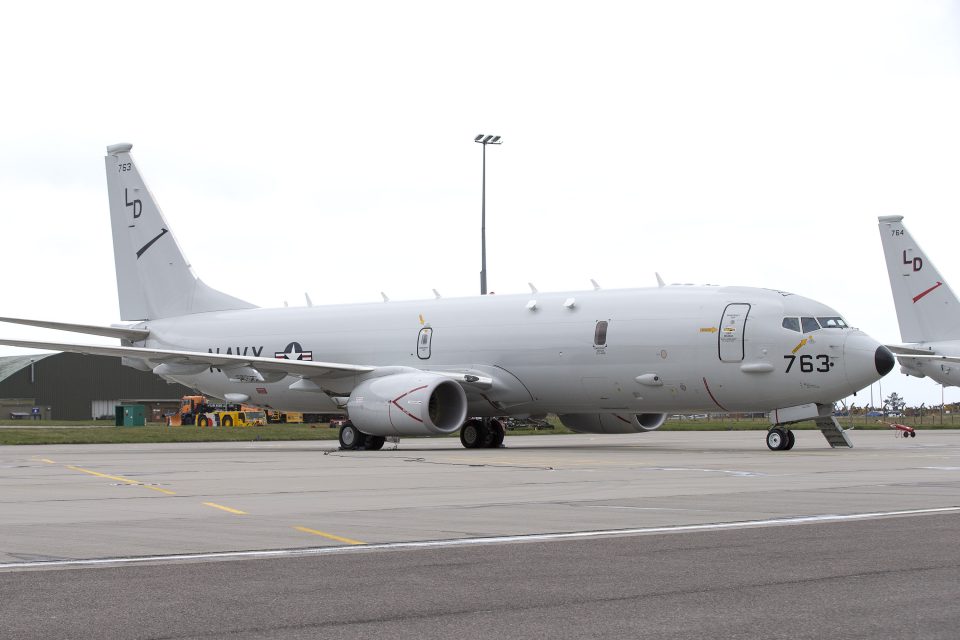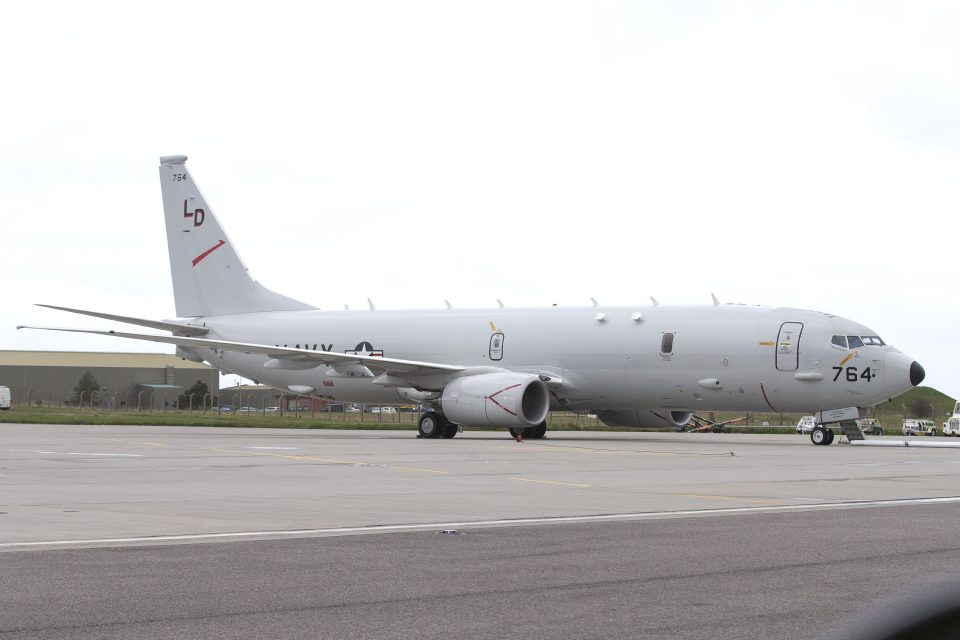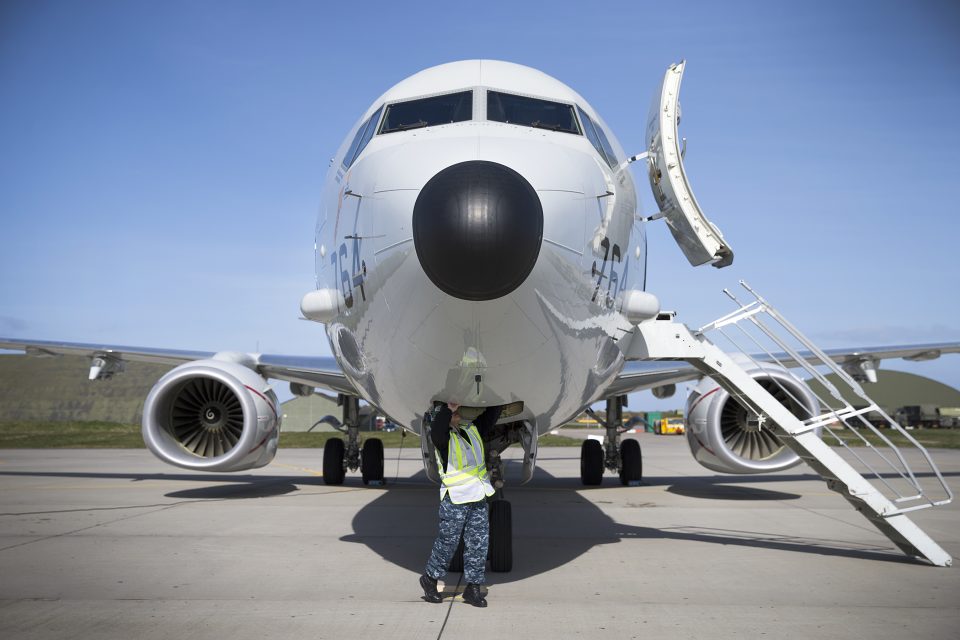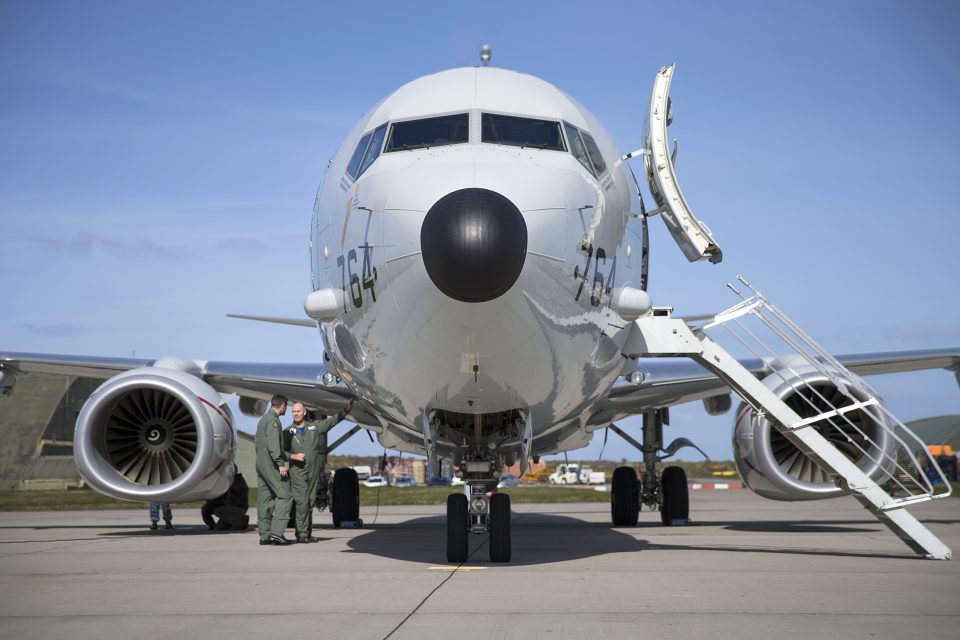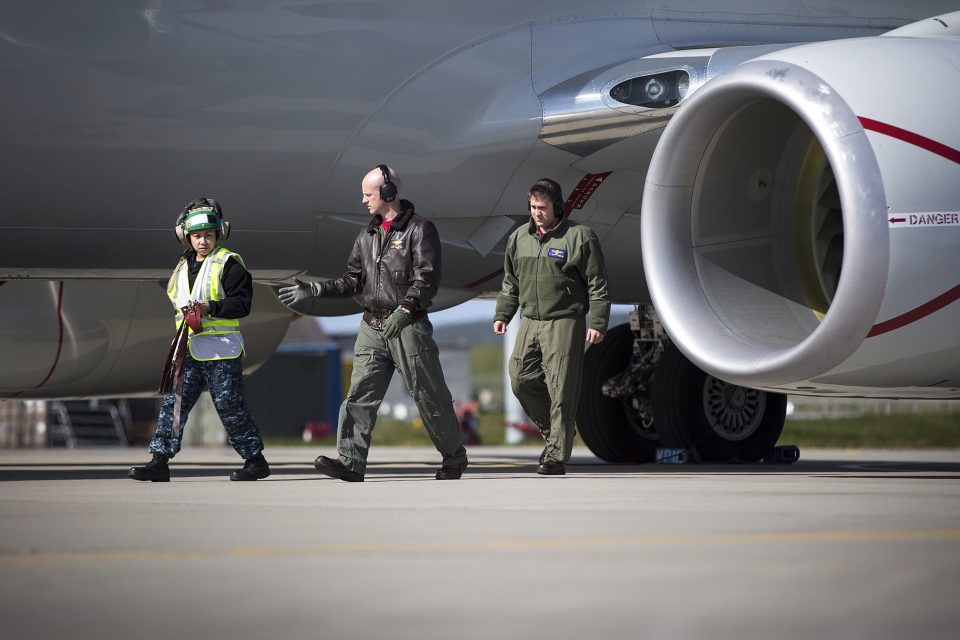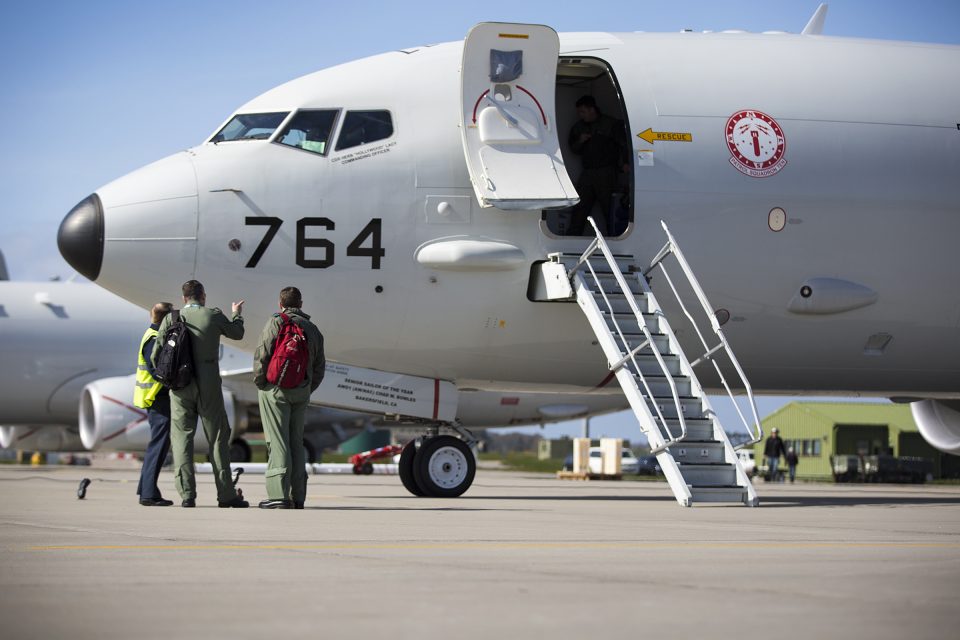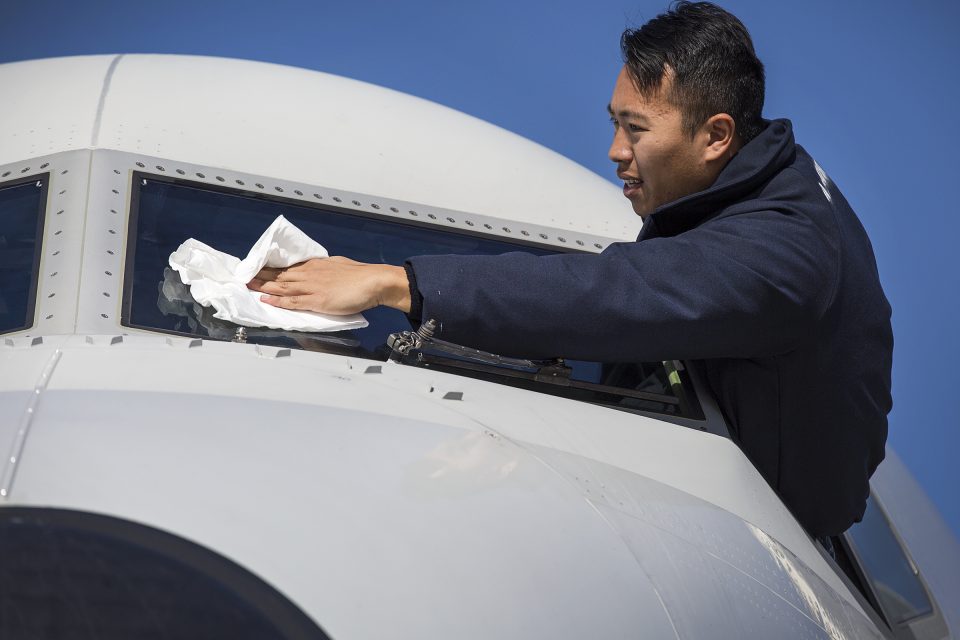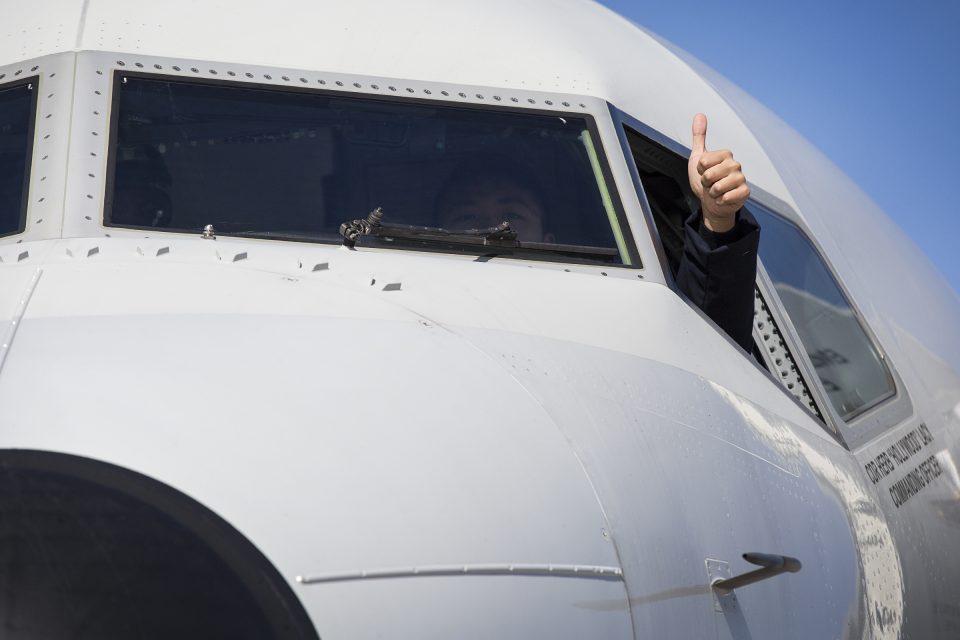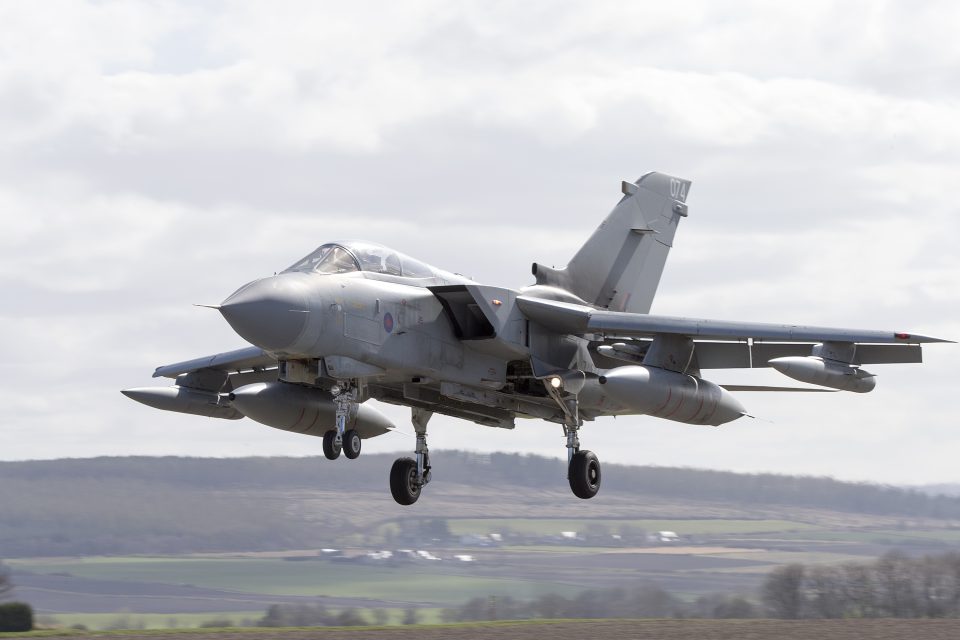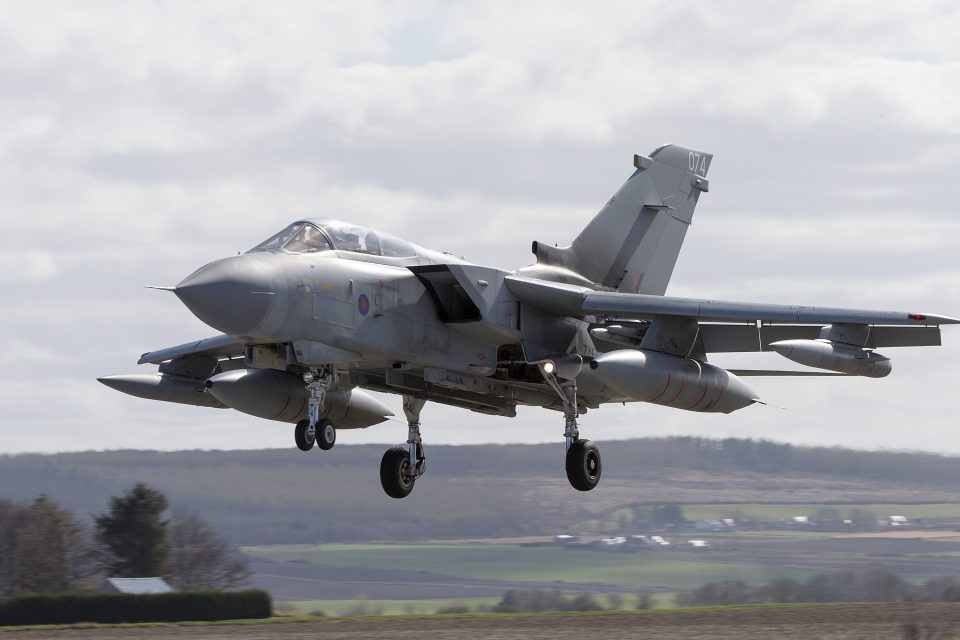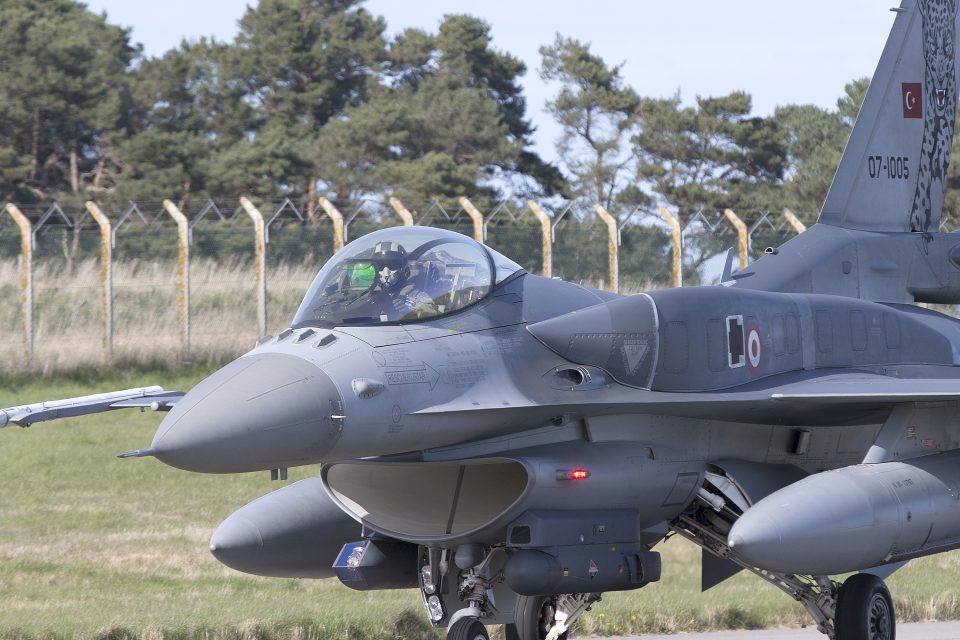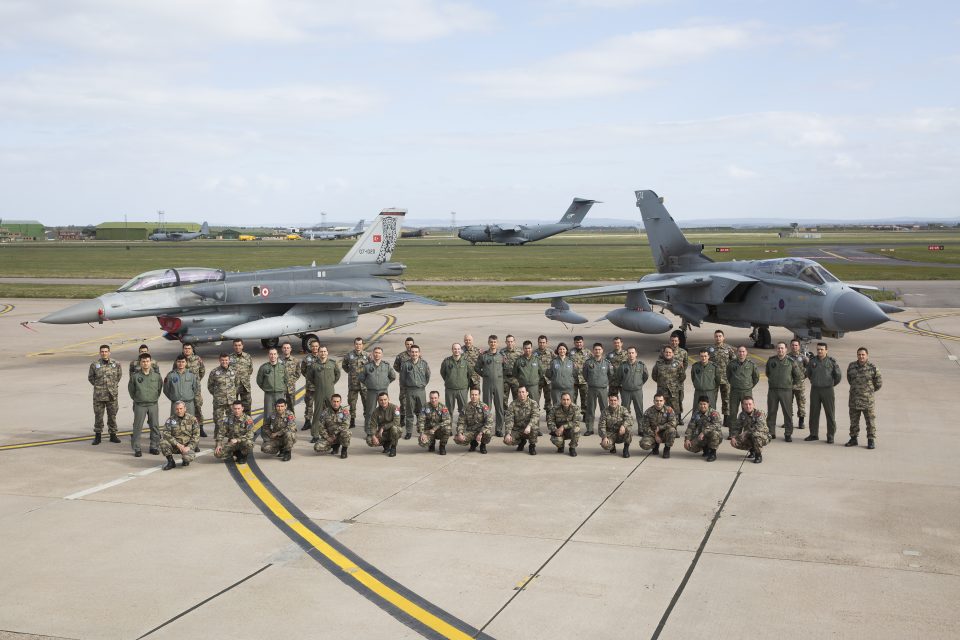2016-06-20 By Robbin Laird and Ed Timperlake
We have argued that the 21st century warfighting enterprise is in need of a weapons revolution. As the former Chief Scientist of the USAF, Dr. Mark Lewis put it: : “Why are we putting 3rd and 4th generation weapons on 5th generation aircraft?
We have argued as well that the coming of a hypersonic cruise missile to the force will be a key game changer but that we saw that fitting into what we have called the S Cubed Revolution, namely Sensors, Speed and Stealth.
When we visited Jax Navy, we discovered that the P-8 is a key plank holder in the S Cubed Revolution and a key candidate for new weapons, and is more than prepared to leverage a weapons revolution.
During the two days we spent at Jax Navy, virtually every member of the team mentioned that the P-8 was flying legacy weapons but was ready to do much more with new weapons.
This point was especially driven home by the Deputy Commander, Patrol and Reconnaissance Wing ELEVEN, Captain James Robinson (see bio below).
“Because the P-8 operates with the common 1760 Bus which is a common weapons standard for smart weapons, the only limit is your imagination with regard to what weapons might be put on the P-8 in the future.
It is forward compatible with future smart weapons.”
At some point in the future, the P-8 could be in the battlespace armed with hypersonic cruise missiles to go with its capability to see deep into the battlespace. By building key capabilities for prevailing in the extended battlespace, the USN is building towards the future as it deploys in the present.
During a visit to RAF Lossiemouth earlier this year, there was chance to discuss the coming of the P-8 to the RAF. The key RAF officer had met with a Navy Captain who had deployed with the P-8 to the Joint Warrior exercise. During that meeting, the RAF officer highlighted that he was very impressed with the aircraft and very interested in the weapons hard points on the aircraft and their potential for operating in the North Atlantic.
It turns out that the USN Captain involved was none other than Captain Robinson who remembered the exchange well and in his train and equip role was talking with the Brits about future infrastructure for support to the P-8. RAF Lossiemouth is one of the candidate bases for operating UK P-8s as well.
Captain Robinson had worked earlier for Admiral Gortney who in our interview with him had highlighted the threats at the 10 and 2 O’Clock to North America, and when at Joint Warrior, Captain Robinson was operating in the 2’Oclock.
Norway is interested as well in the P-8 which then create a significant interlocking force. For Norway, because the P-8 is not a P-3, they would benefit from seeing much deeper into the maritime space to protect their interests. It is not just about flying to an area of interest and patrolling it. When you take off with the P-8 you link into the data network and are on station when you take off.
As Captain Robinson put it:
“With the P-3 we flew together and shaped a common operating picture largely by voice communication or the archaic link 11.
It was always a challenge.
With the P-8 we can share data electronically over hundreds of miles being able to link with other line of site contributors.
We will be able to have maritime domain awareness over huge square miles of ocean that can be covered by a single P8, even before we discuss what Triton brings to the effort.
You have a single sensor that from the time aircraft depart is operating miles and miles away, having domain awareness and feeding a common operational picture to the commander or a set of commanders.
That’s incredible.”
The P-3 experience is important in terms of working collaboratively and that aspect of the P-3 is being carried forward with the P-8/Triton dyad.
“I had extensive experience with the P-3s and worked closely throughout with foreign military’s Air Forces or Navy’s.
This collaborative foundation will be carried forward with the P-8/Triton community.”
We discussed the advantages and challenges of software upgradeability but this is now a baseline going forward for operating 21st century air combat systems.
“The clear advantage is that you can input operational experience into the software development cycle.
We are in a continuous development cycle.”
The challenge is “configuration control and getting everyone on the same page operationally.”
We discussed as well how the P-8/Triton community was interfacing with the surface fleet from the round up.
“We are sending Liaison Officers to the fleet to share knowledge about our capabilities and to learn from the surface fleet about their evolving needs and capabilities as well.
We are building this from the ground up.”
He highlighted the key role, which exercises are playing as well in shaping the way ahead.
He mentioned a recent exercise off of the Virginia Capes working with the Amphibious Fleet to shape a more effective operational capabilities as well.
It is notable as well that the P-8s although a recent addition to the fleet has flown a round the world trip (the Great White Fleet 21st century style) and has engaged in several multinational exercises or visits already, such as with Australia, Canada, Malaysia, Japan, Red Flag, etc.
Robinson noted that “although the “P-8s core competence is ASW; but it has been bought and developed as a multi-mission aircraft as well.”
We would add multinational as well.
Notably, the British Defense Minister recently visited Jax Navy and got an update on the aircraft coming to the RAF as well.
As an article in the Jax Air News published on May 18, 2016 noted about the Minister’s visit:
The Right Honorable Michael Fallon, MP, the British Secretary of Defense, visited NAS Jacksonville May 9 where he met with Royal Air Force (RAF) “Project Seedcorn” personnel who have been embedded within the VP-30 maritime patrol training program since 2012. He also announced the RAF’s intent to sign its initial order for nine Boeing P-8A aircraft this summer. They expect to accept their first P-8A in mid-2019.
RAF Squadron Leader Mark Faulds said the purpose of the visit was for Fallon to experience the Boeing P-8A Poseidon first hand, inside and out, in order to gain a better understanding of the multi-mission aircraft’s capabilities. VP-16 provided the P-8A static display.
The secretary was also briefed at the P-8A Integrated Training Center by VP-30 Commanding Officer Capt. Dave Whitehead, and Commander, Patrol and Reconnaissance Wing 11 Capt. Anthony Corapi.
Faulds explained that Project Seedcorn consists of 11 RAF personnel (two pilots, four TACCOs and five EWOs) who have trained on U.S. Navy P-8A aircraft embedded with Fleet Replacement Squadron VP-30 personnel since 2012.
The program enables British servicemen to maintain skills that would otherwise have been lost due to the cancellation of the outdated British Nimrod program in 2010.
Project Seedcorn also counts nine personnel embedded with squadron VX-1 at NAS Patuxent River, Md. By 2013, all Seedcorn personnel were certified P-8A instructors.
The defense secretary said, “This new fleet of nine maritime patrol aircraft will help to protect our nuclear submarines and surface ships. We can make this investment because we are increasing defense spending every year of this decade. That enables us to meet the NATO two percent commitment and keep Britain safe.”
The Minister’s visit to Jax River is a visible reminder of the key working relationship between the US and the RAF and Royal Navy which is enabled by key Navy leaders such as Captain Robinson and the team which visited RAF Lossiemouth as part of Joint Warrior 2016.
CAPT Robinson Biography
CAPT Robinson is a native of Modesto, California and enlisted in the United States Navy in September 1983. Following completion of the Nuclear Power program he served onboard the FLORIDA (SSBN 728 Gold) and Submarine NR-1, while earning Bachelor of Science degrees in Sociology and Nuclear Technologies. In September 1991, CAPT Robinson was initiated as a Chief Petty Officer (EMC SS/DV) and accepted to Aviation Officer Candidate School; he was commissioned in March 1992 and designated a Naval Flight Officer in April 1993.
CAPT Robinson’s aviation assignments include: VP-40 where he completed two Misawa, Japan deployments and one Diego Garcia deployment. VP-30 where he served as an NFO instructor, IUT Instructor, Lead NFO Fleet NATOPS evaluator and Weapons Tactics Unit subject matter expert for the Stand-off Attack Missile (SLAM), participating in SLAM strikes during air campaign in Kosovo and designated as a P-3C Weapons Tactics Instructor (WTI).
VP-40 as the first Maritime Patrol Aviation “Super JO” where he served as the Tactics Department Head and deployed to Diego Garcia and Misawa, Japan flying over 400 hours overland Afghanistan in the opening months of Operation Enduring Freedom.
VP-46 where he served as Command Service Officer, Tactics Officer, Training Officer and Operations Officer and deployed to Misawa, Japan.
VP-10 as Executive Officer and the squadron’s 73rd Commanding Officer where the RED LANCERS completed a tri-site deployment to CENTCOM, AFRICOM and PACOM and awarded the 2009 COMNAVAIRLANT Battle E, Golden Wrench for maintenance excellence and the CFFC Retention Excellence Award.
CAPT Robinson’s shore assignments include: The Joint Staff, J-6 directorate where he served as an Action Officer within the Spectrum Division. NAVCENT HQ where he served as the Deputy Commander of Task Force FIVE SEVEN in support of combat operations for Operations Iraqi Freedom, Enduring Freedom and New Dawn. USCENTCOM HQ, J-5 directorate where he served as the Arabian Peninsula Branch Chief and Strategic Planner.
CAPT Robinson’s education includes Master degrees from the Naval War College and Air War College as well as JPME I and II.
CAPT Robinson transitioned to the P-8 and assumed the duties as Deputy Commander, Patrol and Reconnaissance Wing ELEVEN in July 2015.
His personal declarations include: Bronze Star, Defense Meritorious Service (2), Meritorious Service (2), Air Medal (2nd strike), Navy Commendation (4), Navy Achievement (6) and the Good Conduct Medal.
The first slideshow of aircraft at Joint Warrior 2016 are credited to the RAF.


